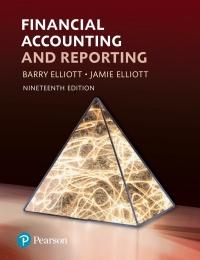
Consider a single mother with one child who has the following budget constraint: C = 10h + 100. The government introduces a Food Assistance Program (FAP) that offers a maximum monthly food benefit of $500 if there is no other labor income or non-labor income. It applies a 50% benefit reduction rate to labor and non-labor income after disregarding $200 in total income per month. a (a) What is the mother's wage rate after accounting for the benefit reduction rate? What is her breakeven income level for eligibility for FAP? (b) Depict this women's budget constraint without and with FAP in a consumption/leisure diagram (show both constraints in a single figure). (c) Suppose she works 80 hours per month. What is her monthly income without and with FAP? If her goal is to maximize income should she participate in the food program? (d) Suppose that the wage elasticity of labor supply is 0.5 and the government decides to raise the benefit reduction rate to 70%, holding all else equal. Does she still qualify for the food benefit while working 80 hours per week? Given the elasticity of labor supply is she likely to increase, decrease, or keep her hours of work unchanged, and is she changes, by how much will she change her work hours? Consider a single mother with one child who has the following budget constraint: C = 10h + 100. The government introduces a Food Assistance Program (FAP) that offers a maximum monthly food benefit of $500 if there is no other labor income or non-labor income. It applies a 50% benefit reduction rate to labor and non-labor income after disregarding $200 in total income per month. a (a) What is the mother's wage rate after accounting for the benefit reduction rate? What is her breakeven income level for eligibility for FAP? (b) Depict this women's budget constraint without and with FAP in a consumption/leisure diagram (show both constraints in a single figure). (c) Suppose she works 80 hours per month. What is her monthly income without and with FAP? If her goal is to maximize income should she participate in the food program? (d) Suppose that the wage elasticity of labor supply is 0.5 and the government decides to raise the benefit reduction rate to 70%, holding all else equal. Does she still qualify for the food benefit while working 80 hours per week? Given the elasticity of labor supply is she likely to increase, decrease, or keep her hours of work unchanged, and is she changes, by how much will she change her work hours







